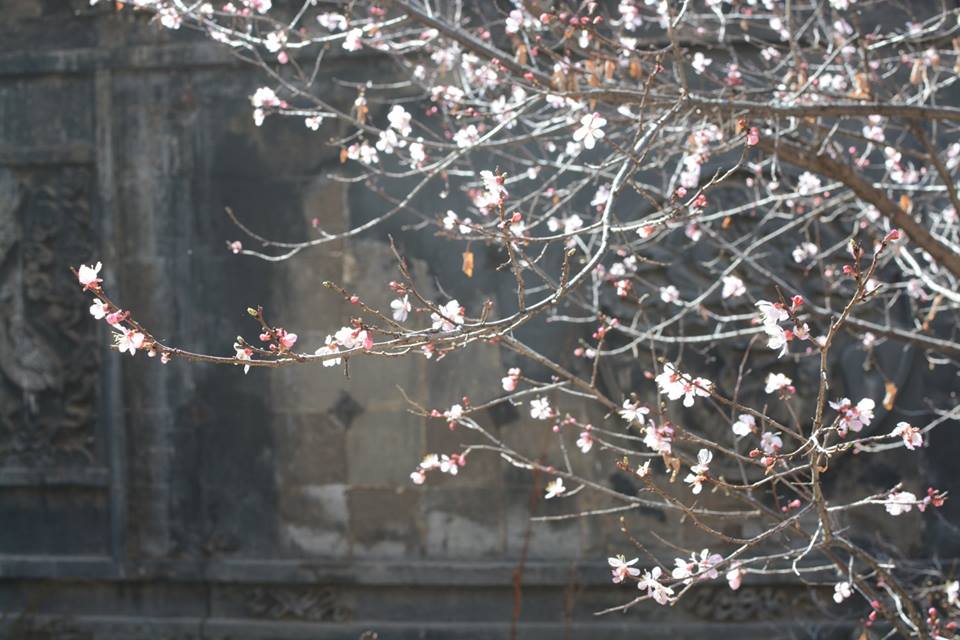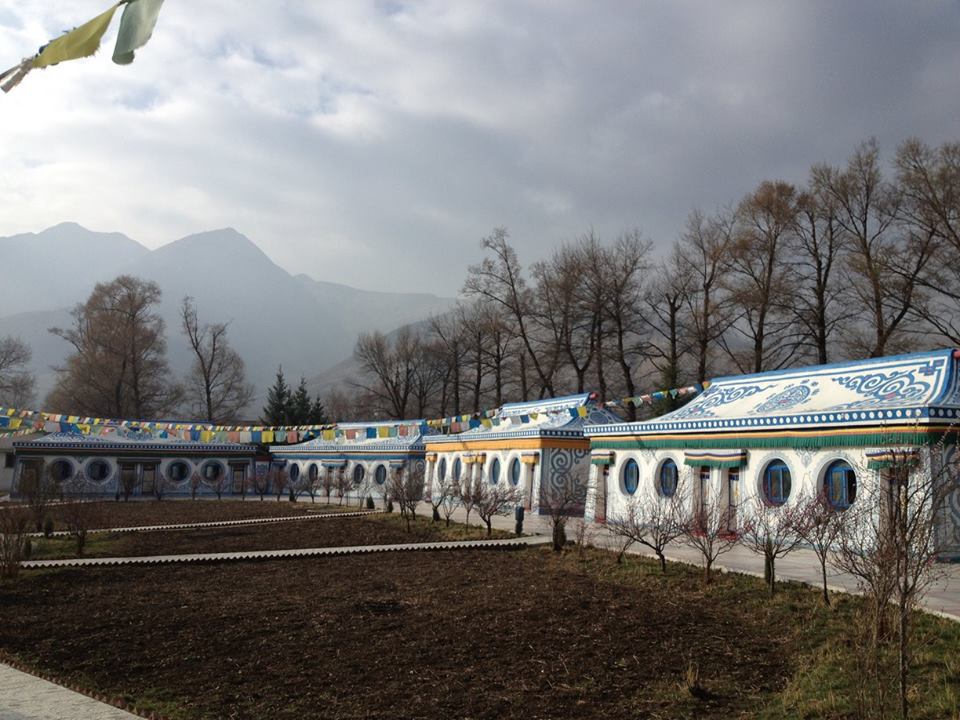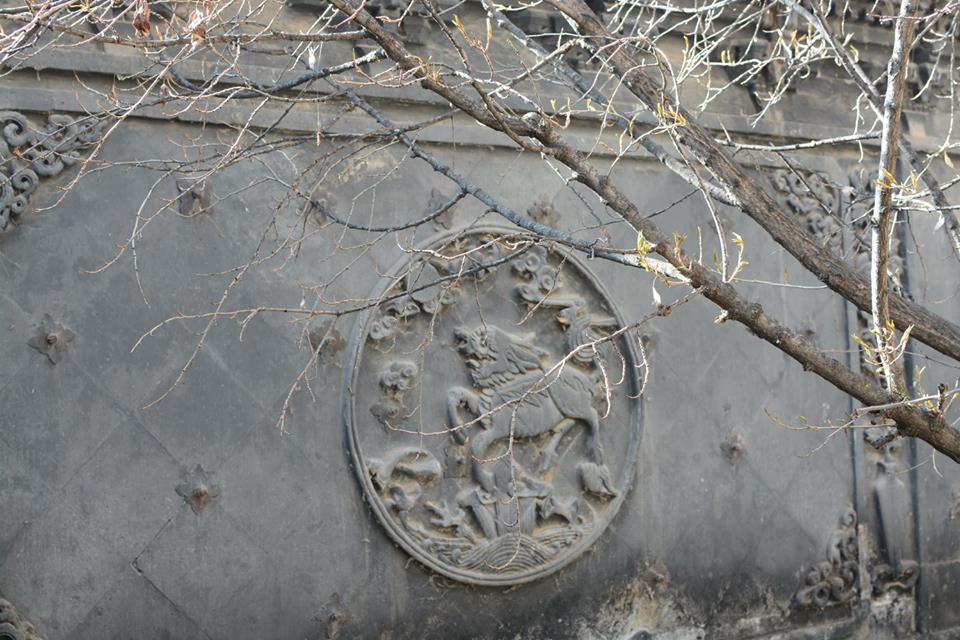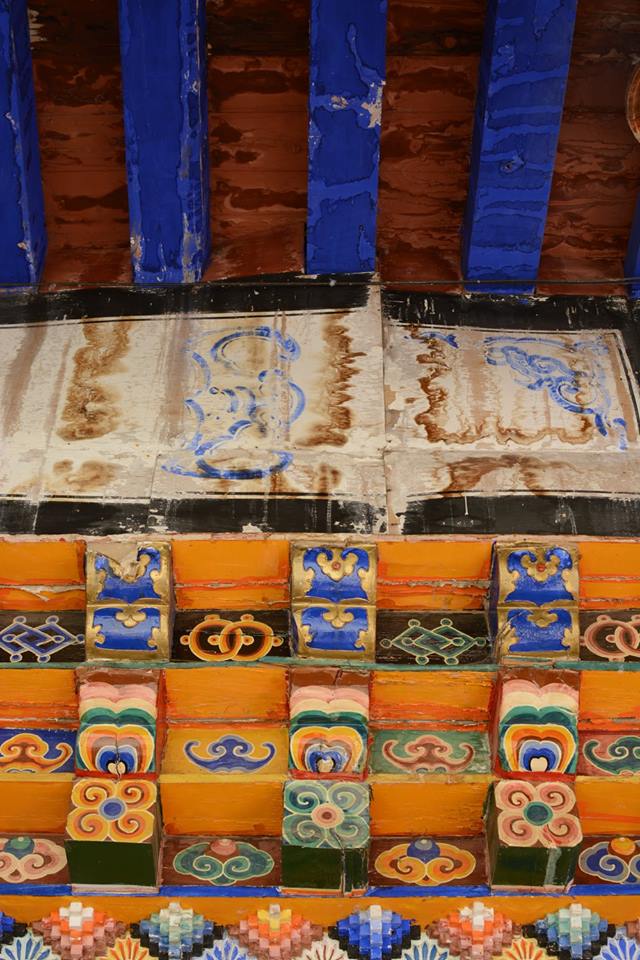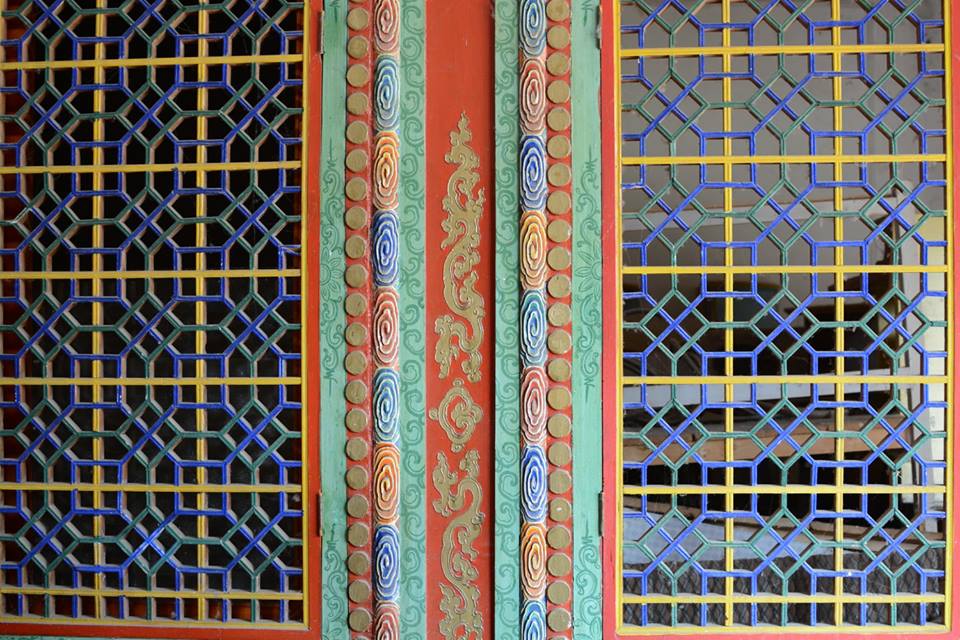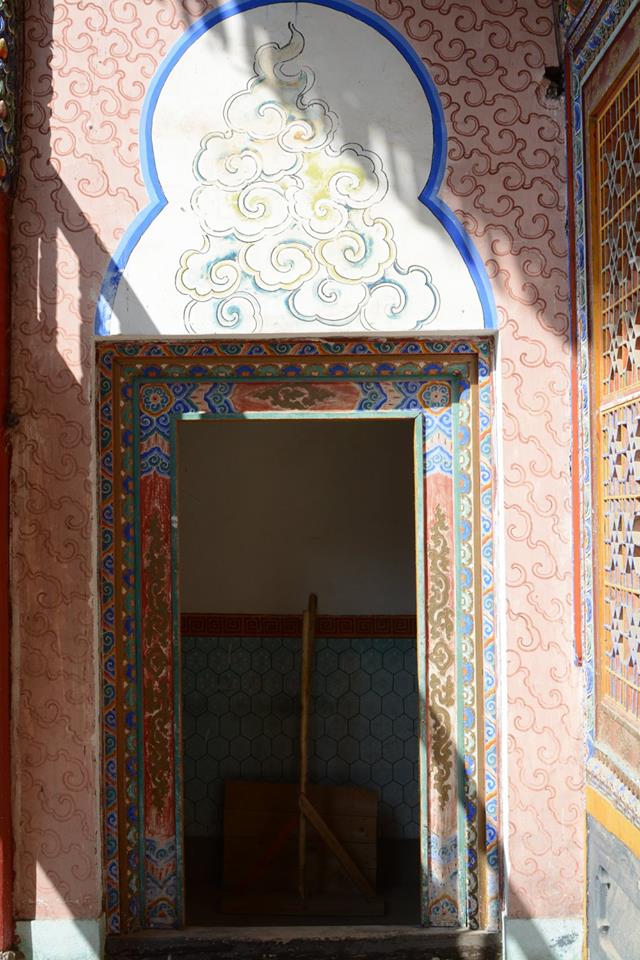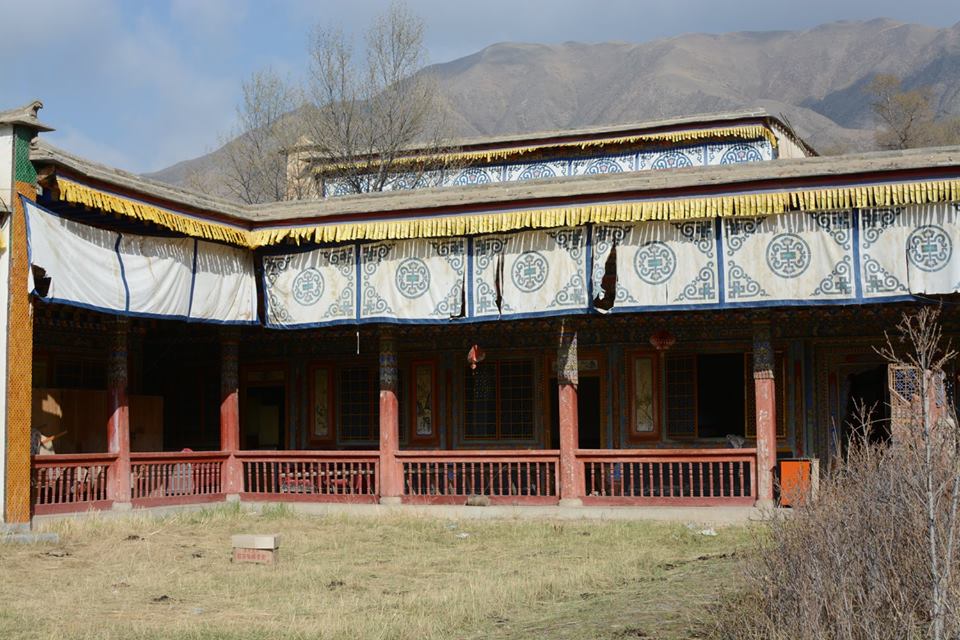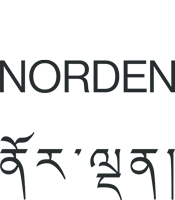The Residence
/Labrang has two distinct sections; the monastery and the town. The monastery tails out into the Ngagpa College, then the Nunnery. Walking beyond, one crosses a village, then comes to an area of open fields, in a valley flanked by hills that slowly spills out into the greater plains of Sangkhok, the nomadic area where Norden is based. The foot of the steep hill is dotted with the dark openings of caves, some fitted with the remains of doors. Curious, I asked what they were; over forty years ago when young people were sent from China to work with peasants, they had lived and died in those caves. It sounded like a dreary episode that no one really wanted to remember. As one progresses, there are more small villages huddled against the hill, the Tsampa mill, and a walled garden that looks like a debating ground where people sometimes picnic. The last important landmark on that road is the Hotel. Around 2007, we went to visit what was known as Labrang’s best hotel. It was built in the 80’s by an enterprising returnee from Switzerland on the grounds of what had been Jamyang Sheba’s Palace. The entrepreneur obviously had had different ideas on building and hospitality which he implemented in the various spaces; there was a modern building with brass and glass and an electric coconut tree, with the usual lobby that sports what I refer to as the ‘toad’ chairs, with armrests as large as the seating area. One then moved onto a garden with a central lawn surrounded by concrete picnic tents, with flaking paint. There was also a mysterious walled area with an old style building, the Palace, we were told. Keys were brought out and the main door, set in the surrounding stone masonry wall, flung open. Inside were pavilions decorated in murals and brightly painted traditional woodwork that surrounded successive courtyards. The style was a mixture of Ching Dynasty and Tibetan traditional and the place had a run down charm about it. At some point, someone had tried to make a hotel; there was a sign for a dining hall, filled with broken furniture. The rooms were furnished like the Soviet hotels I had stayed in in Mongolia, where officials spent their holidays, with damaged furniture, cracked cups and lamp fixtures particular to that era. The hotel lease had ended after twenty years, the Swiss Tibetan had moved on and the government department in charge was waiting for someone to take on the venture, renting out the concrete gers in the meantime. Three years ago, someone took it over and we stayed there while preparing Norden Camp’s first season. The tents were a little humid, but an effort had been made with proper bathrooms and brocade on the walls. We visited the Palace again; it remained in condition we had seen it in last, abandoned and exuding a tired beauty. The awnings were in tatters, the reception rooms filled with rubble. Jamyang Sheba seems to have forsaken his previous incarnation’s palace and built himself an impressive structure closer to the town. Painted a pinkish red, it is called “Norzin Podrang” ,which my granddaughter Norzin finds fantastic.
